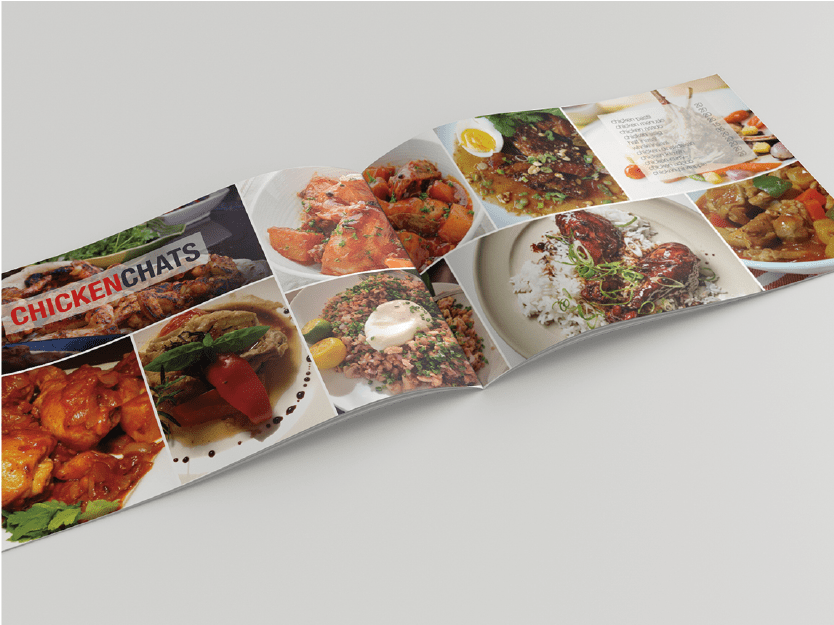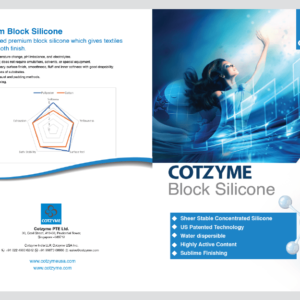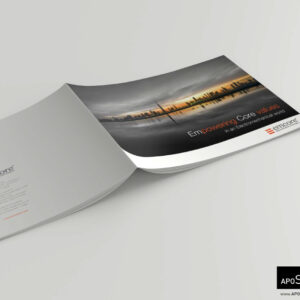Description
A corporate brochure is a printed or digital document that provides detailed information about a company, its products, services, and overall brand identity. It serves as a comprehensive marketing tool to showcase the company’s values, achievements, and offerings to potential clients, partners, and investors.
A corporate brochure typically includes the following components:
Cover Page: The front page of the brochure, which often features the company’s logo, tagline, and visually appealing graphics.
Introduction/About Us: This section provides an overview of the company, its history, mission statement, and key achievements. It may also highlight the company’s unique selling points and competitive advantages.
Products/Services: This section delves into the company’s range of products or services, providing in-depth descriptions, features, benefits, and any relevant specifications. It may include high-quality images, diagrams, or illustrations to enhance understanding.
Team/Management: This section introduces key members of the company’s leadership team, showcasing their expertise, experience, and qualifications. It helps build trust and credibility by highlighting the expertise behind the organization.
Client Testimonials/Case Studies: Including testimonials or case studies from satisfied clients can demonstrate the company’s successful track record and the value it provides to its customers.
Company Achievements: This section highlights significant milestones, awards, certifications, or recognitions earned by the company, reinforcing its credibility and reputation.
Contact Information: The brochure should provide clear contact details, including the company’s address, phone number, email address, and website, enabling potential customers or partners to easily get in touch.
Corporate brochures can be designed in various formats, such as bi-fold (single fold), tri-fold (letter fold), or multi-page booklets, depending on the amount of information to be presented. They are typically printed on high-quality paper and feature visually appealing graphics, professional photography, and consistent branding elements to create a positive impression and effectively communicate the company’s message.
In addition to print distribution, corporate brochures can also be shared digitally via websites, email campaigns, or social media platforms, allowing for wider accessibility and reach.









